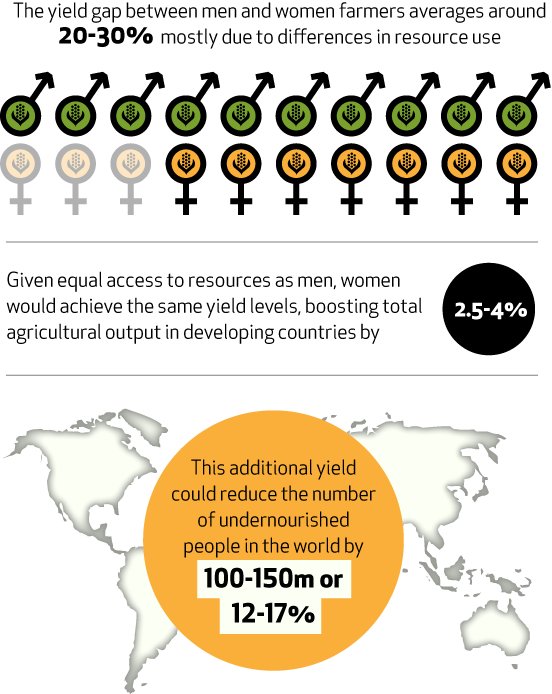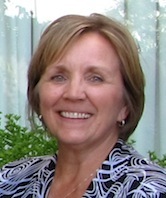In celebration of the UN International Day of Rural Women today, our guest author, Sue Carlson of the World Farmers Organisation, looks at the status of rural women and their potential for reducing poverty and hunger around the world.
Perhaps more than any other major demographic around the world, rural women have benefitted least from development advancements in the 21st century.
Yet, empowering these rural women not only helps them directly, but also helps them to become powerful agents of change for their communities, the environment and the economy.
Today marks the United Nations’ International Day of Rural Women, which was first held in 2008 to promote “the critical role and contribution of rural women, including indigenous women, in enhancing agricultural and rural development, improving food security and eradicating rural poverty.”
In celebration of this day, I am in Lusaka, Zambia for a two-day workshop looking at “investing in rural women to achieve sustainable food systems”, which is being held in parallel with the 108th Annual Congress of the Zambia National Farmers’ Union (ZNFU) as well as the ZNFU Women Farmers’ Forum.
Rural women receive only a fraction of the land, credit, inputs (such as improved seeds and fertilizers), agricultural training and information compared to men.
In Africa, these gaps are particularly pronounced. Consider these statistics (all of which can be found within Farming First’s “Female Face of Farming” infographic) on African rural women farmers:
- Only 15% of rural landholders in sub-Saharan Africa are women, yet they represent around 70% of agricultural workers and 80% of the food processors on the continent.
- Without access or means to alternatives, 75% of smallholder farms are weeded by hand, and women do around 90% of this work – a task which takes between 50-70% of their total time on the farm.
- Women farmers, on average, receive only around 5% of agricultural extension services, and only 10% of total aid for agriculture goes to women.
- In most countries, there is a 5%-10% disparity in how many female-headed households can access credit compared to male-led households.
Unfair, you may say? Yes, but this is only one half of the problem. These discrepanices also contribute to broader declines in well-being in a community.
For instance, an academic study by Hoddinott and Haddad found that a $10 increase to a woman’s income had the same health and nutrition benefit to children as a $110 increase to a man’s income. In other ways, women are much more likely to use additional income not on themselves but in support of their families.
And broadly speaking, the fact that women receive less training and access to resources means that they are able to produce less on their land and are less able to feed themselves and those around them. It is estimated that correcting this “gender gap” could result in a 12-17% drop in global malnourishment, as the graphic below illustrates.

Thus, today, on the International Day of Rural Women, let us all take some time to reflect on the importance which rural women play – both as producers and as care-givers – and also on the moral imperative for us all to create equal opportunities for them to thrive.
The World Farmers Organisation works hard to promote the formation and strengthening of women producer organisations and to ensure that women have a voice within mixed organisations. I encourage you all to visit our website on “Women in Agriculture” in order to learn more about this important issue.
Editor’s note:
You can also watch our Farming First TV interview with Sue Carlson, which was filmed onsite at the 2012 United Nations climate change conference, here:



